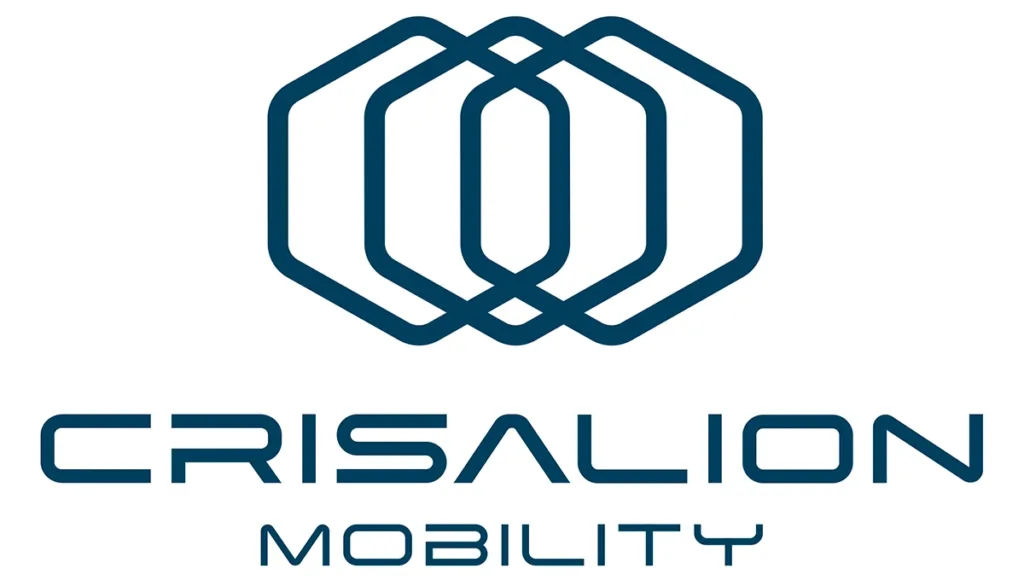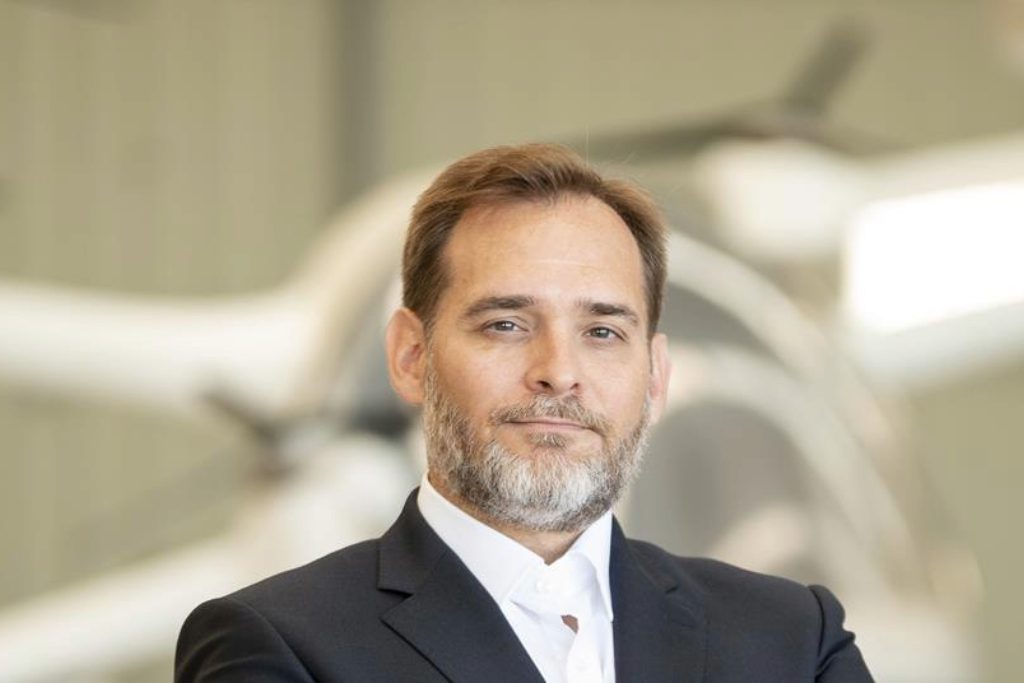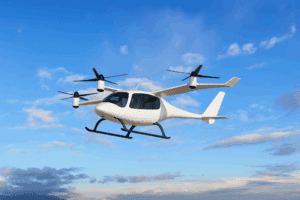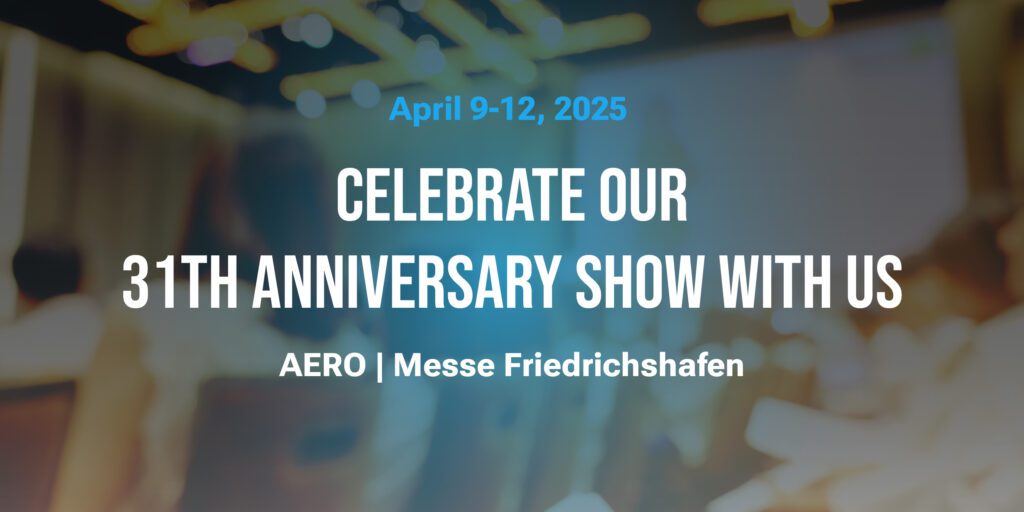Who is Manuel Heredia Ortiz?
Manuel Heredia Ortiz has worked in the aviation industry for more than 20 years. He commanded Airbus Poland at Airbus Defence & Space and contributed to the development of the A400M military aircraft. Ortiz studied Industrial Engineering at Seville and gained further degrees from the University of Sheffield and HEC Paris Business School. Ortiz has played an important role in guiding the strategic direction of CRISALION Mobility since he joined the company over a year ago. “I am very proud to take on the responsibility of leading such a talented team. I am excited about what we have built so far and everything the future holds and I am hugely grateful for the trust that has been placed in me.” stated Ortiz.
What is CRISALION Mobility?
CRISALION Mobility is well-known for developing new electric vehicles employing cutting-edge technologies. The company seeks to build innovative automobiles and transportation systems that are efficient, safe, and environmentally friendly. CRISALION Mobility, an expert in both electric vehicles and aviation, differentiates itself from competitors by providing a comprehensive picture of future travel. Ortiz joins the company at a key time as it expands into the electric vehicle sector.
“I am delighted to be able to hand over to Manuel Heredia, with whom I have had the opportunity to work closely over the last few months. I have no doubt that Manuel is the best candidate to take the project forward and I have the utmost confidence in him in this new role. I will be closely following and supporting the company’s progress.” said Poverda regarding the new CEO of CRISALION Mobility.

The Future of Transportation?
As demand for sustainable transportation grows, companies like CRISALION Mobility find themselves at the forefront of innovation. Electric automobiles and aircraft not only reduce carbon emissions, but also represent a new way of thinking about more integrated and green transportation systems. CRISALION Mobility focuses on air and ground travel, creating comprehensive transportation networks for a variety of applications such as city planning and commercial deliveries. These efforts appear especially relevant now, as many communities seek alternatives to traditional transportation networks.



















